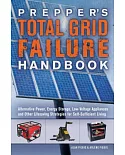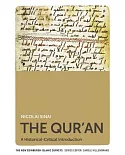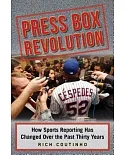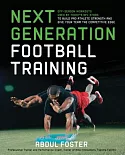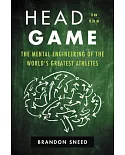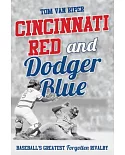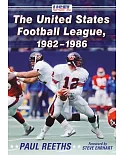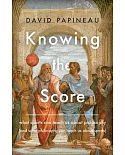Almost everyone is familiar with the Italian bowls game Bocce. With the exception of those who have traveled to France, few Americans know P矇tanque the "Elegant & Intelligent French Game of
Boules." Contrary to the opinion of many ill-informed Americans, the French are a warm and generous people - that is except when it comes to their national game of P矇tanque. In America too many
clubs are tightly controlled by elitist French-Americans who practice P矇tanque as an extension of French culture rather than a competitive sport. This book lets the genie out of the Bordeaux
bottle. Americans are the most diverse and sporting people in the world. With respect and admiration to my French friends, now is the time to relinquish control and let the entire world embrace
this great sport.
Since I'm stepping on cultural toes (and with apologies to U.S. Bocce players who outnumber U.S. P矇tanque players by a 1,000-to-1 ratio) Bocce is to P矇tanque what checkers is to chess. Bocce is
a simple, two-dimensional rolling game. Although it reputedly can be played on any surface, other than the most casual Bocce game is confined to expensive, smooth and level groomed courts
enclosed with side and backboards; P矇tanque is a three-dimensional throwing game in which the concept of a formal court doesn't exist. Even the world championships are played on rough, unlevel,
ungroomed dirt and crushed gravel terrains. Ugly terrains tend to make P矇tanque both aerial and savagely aggressive - boules are rarely rolled, instead they are gracefully lofted high into the
air and competitor's boules are removed from play with sniper-like precision before the shooter's boule even touches the ground.
If you're looking for a fun distraction during a family barbeque, stick with Bocce; if you want to be challenged with a subtle, complex, multilayered, inexpensive, egalitarian,
environmentally friendly and truly universal sport - then you've got to give P矇tanque a hard look. Like all great sports it can be played casually, but it's true essence is only
revealed (and fully appreciated) during intense competition.
This is the first comprehensive English language P矇tanque book. The 8-1/2" x 11" format accommodates comfortable viewing of the over 100 diagrams and photos. With a few minutes of introductory
practice throws, you can play games and have a great time; however, after teaching over 120 people how to throw in just the past year I can unequivocally state that the more technique and
strategy one masters, the more engaging and fulfilling P矇tanque becomes. The book starts at the absolute novice level and provides sufficient technique and strategy instruction to take a player
to a regional-level competition. In P矇tanque (like all things French) "function follows form"; throw effortlessly with style and grace, and your game will flourish!
You probably don't live near an existing P矇tanque club - but that's not necessarily bad. Starting a new group provides the opportunity to establish baseline etiquette and player ethics to
create an inclusive and supportive, yet uncompromisingly competitive environment. Without any prior P矇tanque experience you can create a start-up group for less than $100 and a few hours of
time. You don't need a formal terrain; play on the types of public spaces reminiscent of the south of France where P矇tanque originated: packed dirt public plazas, gravel walking paths, unpaved
parking areas, and in America you're never more than a few miles from the dirt infield of a baseball diamond. These surfaces are great terrains.
Strive to have club demographics reflect your community. More than just a great game, P矇tanque is an ideal tool to unite a diverse neighborhood with a fun, challenging and inclusive activity in
which all can participate. And never forget, we have the French to thank for it!


